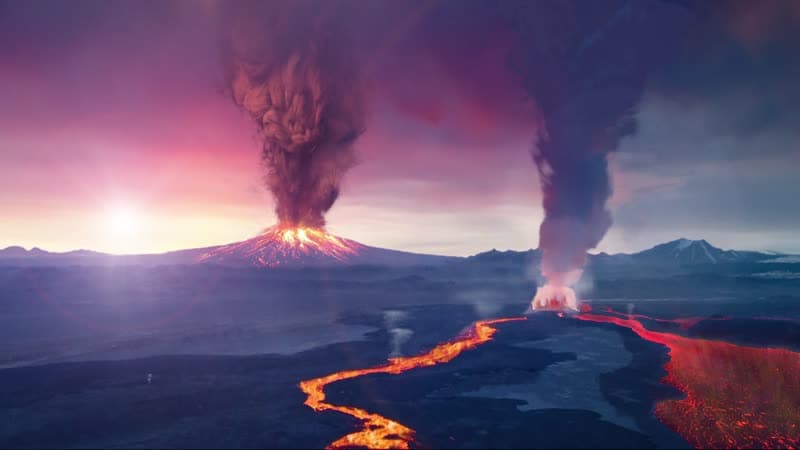Planets of Red Dwarf Stars May Face Oxygen Loss in Habitable Zones

The search for life beyond Earth starts in habitable zones, the regions around stars where conditions could potentially allow liquid water – which is essential for life as we know it – to pool on a planet’s surface. New NASA research suggests some of these zones might not actually be able to support life due to frequent stellar eruptions – which spew huge amounts of stellar material and radiation out into space – from young red dwarf stars. Now, an interdisciplinary team of NASA scientists wants to expand how habitable zones are defined, taking into account the impact of stellar activity, which can threaten an exoplanet’s atmosphere with oxygen loss. This research was published in The Astrophysical Journal Letters on Feb. 6, 2017. To determine a star’s habitable zone, scientists have traditionally considered how much heat the star emits. Stars more massive than our sun produce more heat and light, so the habitable zone must be farther out. Smaller, cooler stars yield close-in habitable zones. But along with heat and visible light, stars emit X-ray and ultraviolet radiation, and produce stellar eruptions such as flares and coronal mass ejections – collectively called space weather. One possible effect of this radiation is atmospheric erosion, in which high-energy particles drag atmospheric molecules – such as hydrogen and oxygen, the two ingredients for water – out into space. Airapetian and his team's new model for habitable zones now takes this effect into account. The search for habitable planets often hones in on red dwarfs, as these are the coolest, smallest and most numerous stars in the universe – and therefore relatively amenable to small planet detection. Because these stars undergo little change over many billions of years, any habitable planets around them would enjoy stable conditions thought to be conducive to the development of life.